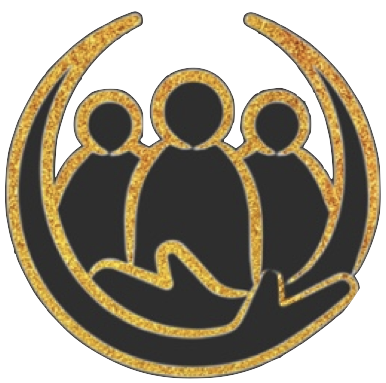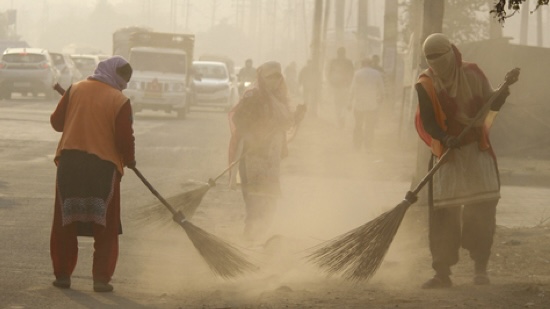Women street cleaners are essential yet frequently overlooked contributors to urban sanitation. These workers endure significant hardships, facing not only physical challenges but also numerous health risks, accidents, and socio-economic vulnerabilities. Addressing these challenges requires informed understanding, targeted interventions, and empowerment through education and technology.
Challenges Faced by Women Street Cleaners
Street cleaning is physically demanding, involving repetitive movements and exposure to harmful pollutants. Women cleaners frequently face:
Health Risks: Continuous exposure to dust, pollutants, biological waste, and chemicals significantly increases their risk of respiratory infections, skin conditions, and chronic illnesses.
Injuries and Accidents: Working amid traffic and handling sharp objects, hazardous waste, and heavy loads heightens their vulnerability to injuries. According to global workplace safety reports, street cleaners experience a higher incidence of workplace accidents than most other manual labor professions.
Economic Instability: Predominantly employed informally, women street cleaners typically lack job security, healthcare benefits, and social protection, exacerbating their vulnerability to poverty and economic exploitation.
Statistics Highlighting the Disparities
Comparative studies have indicated stark disparities:
Street cleaners face nearly three times higher incidences of respiratory illnesses compared to office workers.
Women engaged in manual street cleaning report double the frequency of musculoskeletal disorders compared to general manual laborers.
Accident rates among street cleaners are significantly elevated due to inadequate safety measures, with injury reports nearly four times higher compared to indoor sanitation workers.
Solutions and Interventions
Improving the lives of women street cleaners involves systemic interventions and empowering initiatives:
Health and Safety Training: Providing protective equipment such as gloves, masks, and reflective clothing can significantly reduce infection and accident rates.
Educational Programs: Raising awareness about hygiene practices and health risks through tailored educational programs is crucial.
Economic Empowerment: Initiatives that provide formal employment contracts, insurance coverage, and stable income can protect workers from exploitation and poverty.
Role of Aashapath and ChatGPT
Recognizing these challenges, we founded Aashapath, a dedicated NGO committed to uplifting and empowering women street cleaners. Through education, healthcare advocacy, and technological empowerment, we aim to transform their lives sustainably.
Aashapath integrates technology education by introducing ChatGPT, enabling these women to:
Learn basic digital literacy skills, creating documents, managing data, and effectively communicating via emails and WhatsApp.
Access health information and communicate clearly with healthcare providers, thereby improving their own and their families' healthcare outcomes.
Document incidents, seek assistance from authorities, and advocate for safer working conditions through improved communication capabilities.
1. Women Cleaners in India
Women sanitation workers, particularly those involved in manual scavenging, face significant challenges. Despite the practice being banned under the Manual Scavengers and their Rehabilitation Act, it persists, predominantly affecting the Dalit community. These women often endure hazardous working conditions, social stigma, and are at heightened risk of gender-based violence. In Bihar, for instance, 40% of girls marry under the legal age of 18, and Dalits have a fertility rate higher than the state's average of three children per household. Efforts by organizations like UNFPA aim to provide safer working conditions and access to health services for these workers .Wikipedia+2USA for UNFPA+2Equality Now+2
2. Premature Death Among Women
Premature mortality among women in India is influenced by various factors, including environmental and health-related issues. Air pollution is a significant contributor, with studies indicating that every 10-unit increase in PM₁₀ levels correlates with an 8% rise in premature deaths . Additionally, limited access to electricity in certain districts is associated with higher rates of premature mortality among women . Cardiovascular diseases also play a role; the age-adjusted CVD death rate for women in India stands at 265 per 100,000, surpassing the global average .AGU PublicationsPLOSPMC
3. Single Mothers in India
Single motherhood is increasingly prevalent in India. A UN Women report estimated that 4.5% of all Indian households are headed by single mothers, amounting to approximately 13 million households . Another survey indicated that 7.5% of households are led by single parents, the majority being single mothers . These women often face societal stigma and economic hardships, with over 47 million women living in extreme poverty compared to just under 40 million men .The Times of IndiaFinancial ExpressReasons to be Cheerful
4. Sexual Abuse and Violence Against Women
Sexual violence remains a critical issue in India. In 2022, there were 31,982 reported rape cases, marking a 14% increase from 2020 . However, many incidents go unreported due to societal stigma and fear of retribution. Marital rape is not criminalized in India, leaving many women vulnerable within their own homes . Furthermore, 30% of women aged 15–49 have experienced physical or sexual violence, with intimate partner violence being particularly prevalent in states like Bihar, where the figure reaches 40% .Wikipedia barrons.comEquality NowUSA for UNFPA
Call to Action
Supporting women street cleaners means investing in healthier, safer, and more inclusive urban communities. Join us at Aashapath to create meaningful change. Together, we can build a safer, healthier future for these resilient women who tirelessly keep our cities clean.

